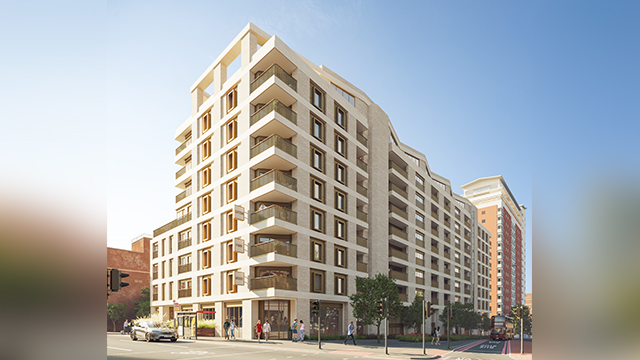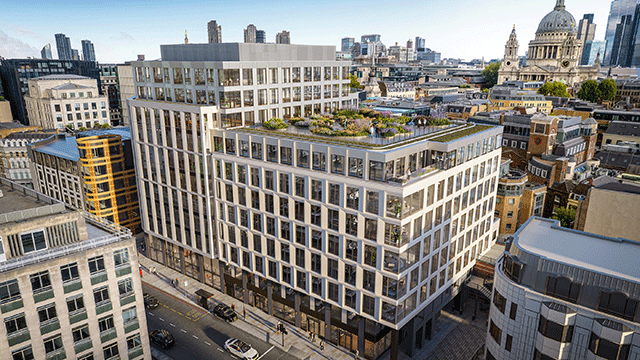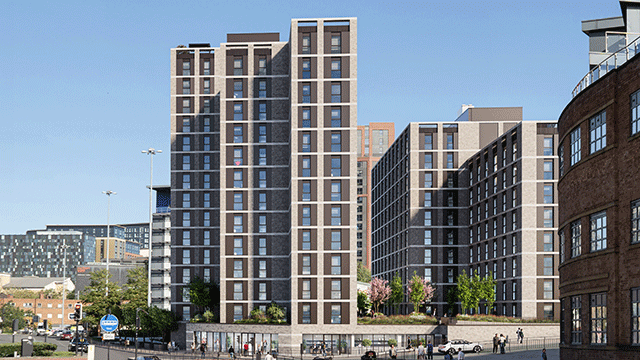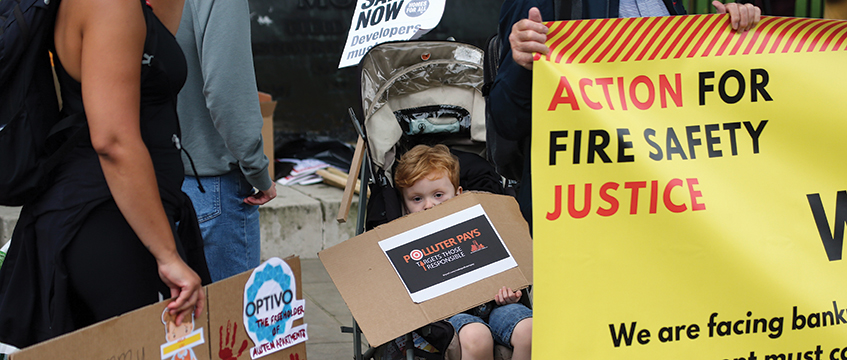A saviour must come Croydon’s skyline depends on getting on the next development cycle, and that depends on prelets. James Graham reports
Past planning failures in Croydon have put pressure on the town to deliver, amid fears that it could miss yet another development cycle and face another lost decade.
There are plenty of ambitious mixed-use schemes in the pipeline that could dramatically change the town’s skyline by 2020, but their future depends on Croydon’s ability to attract prelets in a tough market.
Despite good transport links – 15 minutes to central London by train – the predominance of old offices in the town has dented its reputation and left it overlooked by large corporates. According to figures from Croydon agent Stiles Harold Williams, 87% of the 642,000 sq ft available in Q3 2009 was 1960s-70s stock.
“Croydon desperately needs a new building,” says Jerry Taylor of local agent Stuart Edwards Fullermoon. “Over the past few years, we haven’t had a corporate office building to satisfy the demand in the market.”
According to Savills, take-up stood at around 87,000 sq ft in the 11 months to November against a 10-year average of 250,000-300,000 sq ft.
“There hasn’t been a move-in for 25 years – you can’t shy away from that. It’s got to start with the Croydon Gateway,” says Simon Glenn, director of business space at Savills, which is an agent on the scheme, now called Ruskin Square.
This Stanhope/Schroders site was held up for years by a previous planning wrangle, but now the £500m scheme is widely considered to be the key to the town’s future. In addition to offices, it has planning for 560 homes, a theatre and restaurants, but agents are still searching for a prelet, and it will not go ahead without one.
In recent weeks, food and drinks giant Nestlé, which already has space in the town, has been linked to the site. “If we get a substantial prelet in Ruskin Square, other deals will follow,” says Chris Hiatt, who handles national offices for Jones Lang LaSalle, which has also been working on the scheme.
Ruskin Square is not the only development looking for a prelet. Across the road, developer Terrace Hill’s proposed £65m, 258,000 sq ft Chroma scheme in George Street has planning permission but will not be built without a prelet. Its consent expires at the end of next year.
Across town, CBRE Investors has permission for a 216,000 sq ft refurbishment of Prospect First, BT’s former home close to West Croydon station. Hiatt, who is an agent on both schemes, says the latter is “the most deliverable”.
One of the schemes seeking to become a new Croydon landmark is Guildhouse-Rosepride’s mixed-use £350m 1 Lansdowne Road, formerly Odalisk, in the middle of town, just off Wellesley Road. The original Piers Gough design featured two towers, of 51 and 35 storeys. This has now been scaled back to one 55-storey tower, due for planning later this year.
Guildhouse-Rosepride has signed a deal with Intercontinental Hotels, and is prepared to build 300 flats speculatively, but it wants prelets on some of the 250,000 sq ft of offices. It has the support of HSBC and hopes to start by 2012, although it admits this will depend on market conditions.
Berkeley Homes’ £140m Wellesley Square also promises a striking tower, of 44 storeys, along with 700 flats, a public square and retail and office space. Berkeley says funding is “under review”, together with the construction programme, so there is no start date. It has planning consent, but this will lapse early next year.
Close to Ruskin Square, the Dingwall Partnership’s plans for two office blocks on Dingwall Road are in disarray after investor Anglo Irish Bank appointed NB Real Estate LPA receiver over the existing Staveley House and the land next door. NB director Kevin Mersh says he would “love a prelet” but is considering all potential uses for the site.
Other schemes are being worked up in conjunction with the town’s masterplanners, such as Menta’s ambitious £500m mixed-use Cherry Orchard Road, rejected by planners last year. The council now has five masterplans in the pipeline covering different parts of the town, all due to be published in the coming months.
Meanwhile, the 1m sq ft Park Place retail scheme, which collapsed last year, is still under review, with any plans likely to be shaped by the involvement of retailer John Lewis. In a statement, the company confirmed that it still had a “long-term ambition” to set up in the town. However, in the short term, it says it plans to open its second UK small “at home” format store on Purley Way in the autumn.
Two residential towers have been added to the skyline – Howard Holdings’ Altitude 25 which, according to agents, is now selling, and the HBOS-funded, 20-storey Iylo, developed by Phoenix Logistics and E3 Property International.
Joint venture hung up by funding
Croydon council has set up a £450m joint venture partnership with John Laing to regenerate key sites in the borough.
Steve O’Connell, Croydon’s cabinet member for regeneration and economic development, insists the joint venture will “drive forward regeneration when other developers don’t have the appetite”.
But the arrangement has not been immune to funding difficulties. In November, it emerged that the council had gone to the government for the £145m needed to redevelop its new headquarters at Taberner House, because funding arranged by John Laing added £94m to the costs in long-term interest.
Work is scheduled to start on the building in the coming months.










